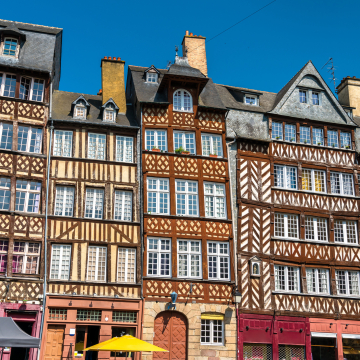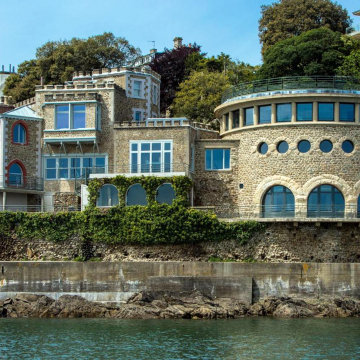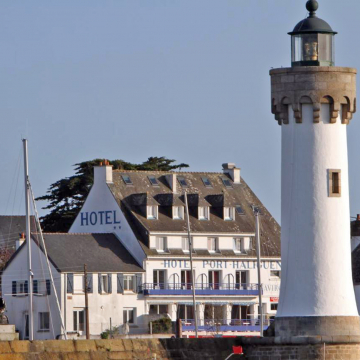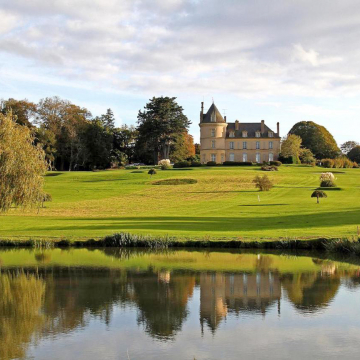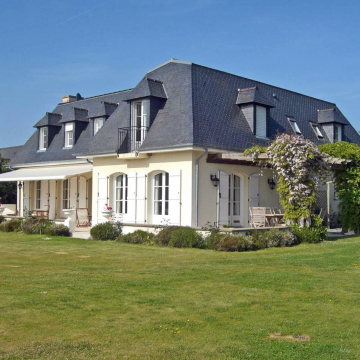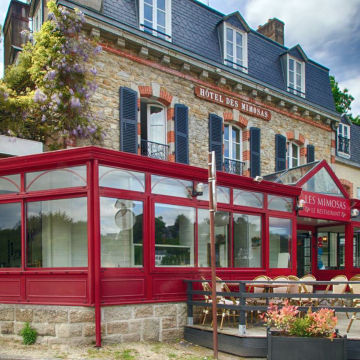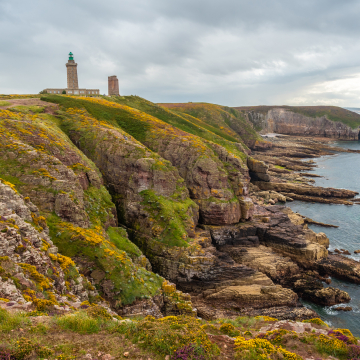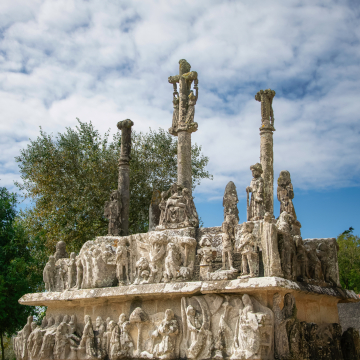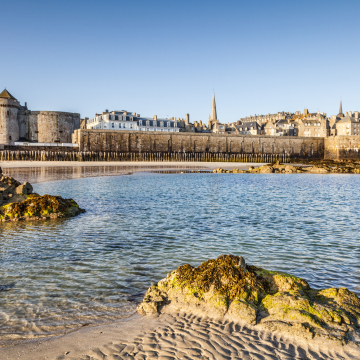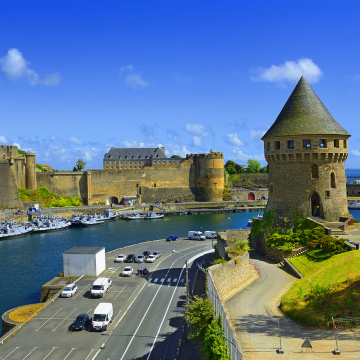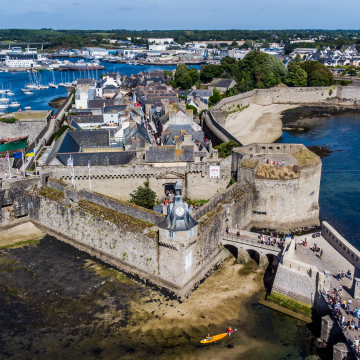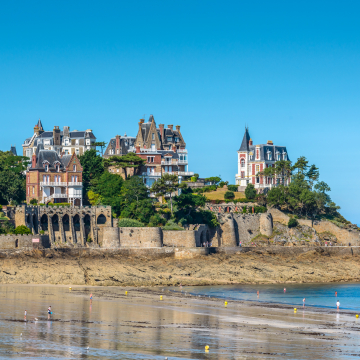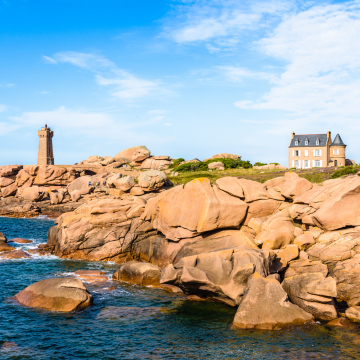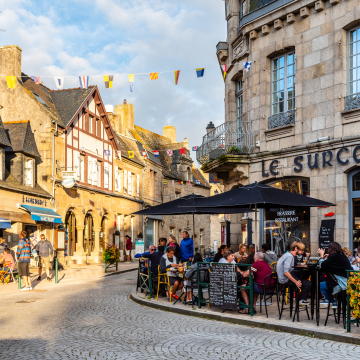Where do you want to go?
-
Brittany
- Brittany Introduction
-
Brittany Hotels
- Brittany Luxury Hotels
- Brittany Chateau Hotels
- Brittany Mid-Range Hotels
- Brittany Budget Hotels
- Brittany Bed & Breakfasts
- Brittany Auberges
- Brittany Family Hotels
- Brittany Spa Hotels
- Brittany Romantic Hotels
- Brittany Beach Hotels
- Brest Hotels
-
Côtes-d'Armor Hotels
- Côtes d'Armor Luxury Hotels
- Côtes-d'Armor Chateau Hotels
- Côtes d'Armor Mid-Range Hotels
- Côtes d'Armor Budget Hotels
- Côtes d'Armor Bed & Breakfasts
- Côtes d'Armor Auberges
- Dinan Hotels
- Guingamp Hotels
- Lamballe Hotels
- Lannion Hotels
- Loudéac Hotels
- Paimpol Hotels
- Perros-Guirec Hotels
- Saint-Brieuc Hotels
- Trébeurden Hotels
- Tréguier Hotels
-
Finistère Hotels
- Finistère Luxury Hotels
- Finistère Chateau Hotels
- Finistère Mid-Range Hotels
- Finistère Budget Hotels
- Finistère Bed & Breakfasts
- Finistère Auberges
- Audierne Hotels
- Bénodet Hotels
- Brest Hotels
- Concarneau Hotels
- Crozon Hotels
- Douarnenez Hotels
- Fouesnant Hotels
- Morlaix Hotels
- Pont-l'Abbé Hotels
- Quimper Hotels
- Quimperlé Hotels
- Roscoff Hotels
- St-Pol-de-Léon Hotels
- Ille-et-Vilaine Hotels
-
Morbihan Hotels
- Morbihan Luxury Hotels
- Morbihan Chateau Hotels
- Morbihan Mid-Range Hotels
- Morbihan Budget Hotels
- Morbihan Bed & Breakfasts
- Morbihan Auberges
- Gulf of Morbihan Hotels
- Auray Hotels
- Belle-Île-en-Mer Hotels
- Carnac Hotels
- Josselin Hotels
- La Roche-Bernard Hotels
- Lorient Hotels
- Ploërmel Hotels
- Pontivy Hotels
- Quiberon Hotels
- Vannes Hotels
- Rennes Hotels
- Roscoff Hotels
- St-Malo Hotels
-
Brittany Bed & Breakfasts
- Brittany Hotels
- Brittany Auberges
- Brest Bed & Breakfasts
-
Côtes d'Armor Bed & Breakfasts
- Côtes d'Armor Hotels
- Côtes d'Armor Auberges
- Dinan Bed & Breakfasts
- Guingamp Bed & Breakfasts
- Lamballe Bed & Breakfasts
- Lannion Bed & Breakfasts
- Loudéac Bed & Breakfasts
- Paimpol Bed & Breakfasts
- Perros-Guirec Bed & Breakfasts
- Saint-Brieuc Bed & Breakfasts
- Trébeurden Bed & Breakfasts
- Tréguier Bed & Breakfasts
-
Finistère Bed & Breakfasts
- Finistère Hotels
- Finistère Auberges
- Audierne Bed & Breakfasts
- Bénodet Bed & Breakfasts
- Brest Bed & Breakfasts
- Concarneau Bed & Breakfasts
- Douarnenez Bed & Breakfasts
- Fouesnant Bed & Breakfasts
- Morlaix Bed & Breakfasts
- Pont-l'Abbé Bed & Breakfasts
- Quimper Bed & Breakfasts
- Quimperlé Bed & Breakfasts
- Roscoff Bed & Breakfasts
- St-Pol-de-Léon Bed & Breakfasts
- Ille-et-Vilaine Bed & Breakfasts
- Morbihan Bed & Breakfasts
- Rennes Bed & Breakfasts
- Roscoff Bed & Breakfasts
- St-Malo Bed & Breakfasts
- Brittany Auberges
The Best of Brittany | Recommended Places to Stay & Visit
featuring the départements of Côtes-d'Armor, Finistère, Ille-et-Vilaine and Morbihan
Brittany, located in northwest France, is a captivating region renowned for its rugged coastline, ancient Celtic heritage, and picturesque landscapes. From charming medieval towns to breathtaking cliffs and pristine beaches, Brittany offers a rich tapestry of history, culture, and natural beauty.

